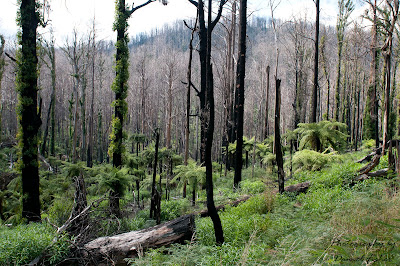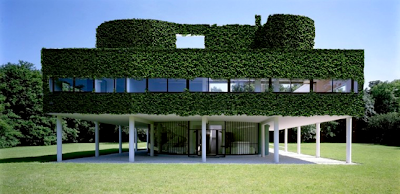
CLARITY - what is the burning problem of your project?
Is it possible to improve the quality of natural and built environments by taking precedence from how ecosystems operate?

VALIDITY - have you contested your idea in a defined context of your project?
The primary context of this project is of environment. The approach to the challenges that improving environments present have been addressed in a manner different to the norm. The project calls into question the validity of 'low environmental impact' approaches on the basis that doing less bad is not enough and regenerative environmental impact should be what is strived for. In doing this the relationships between social, political and environmental contexts have also been contested.

IMAGINATION - is your idea inventive?
Where the typical sustainable approach either reduces it's impact or creates an illusion of reduced impact, this project has taken into consideration all parts of the system and their inter relationship with one another. Doing away with the ideology and green washing the built and natural elements are considered in a framework similar to that of an ecosystem, an approach rarely considered in favor of 'green features' and 'eco-appearance'.

INHABITATION & PROGRAM - how do you define the narrative of your inhabitation?
Where ecosystems are comprised of a combination of biotic (living) and abiotic (non-living) components, the project is considered to comprise also of biotic (natural) and abiotic (built) components. The activities of the project are idealized to behave in the way that organisms behave in an ecosystem. Activities are considered as producers, consumers or both. The narrative is considered as a complex inter relationship of all the activities that occur.

ARTIFICE & FORMAL CONFIGURATION - how ingenious is your organization?
This aspect of the project turns to the principles of biomimicry and biophilia. There are many precedents of human inventions such as the wall, the window, structure, etc being improved upon by considering how nature responds to the functions these elements set out to achieve. The built components of the project are reconceptualised as being objects of function rather than just objects. This reconceptualising means each element is free of the expectations of how it should look and how it should work and thus becomes more effective at carrying out it's function.

CONSTRUCTION & STRUCTURAL SYSTEM - how have you materialized the above?
This part of the project explores the fine boundaries between biomorphy and biomimicry. whilst there are social and psychological benefits to architecture that imitates the forms and shapes that natural systems generate, the true brilliance is in learning from the reasons behind why and how nature generates these forms. This project learns from the billions of years of trial and error which make nature the perfect mentor.